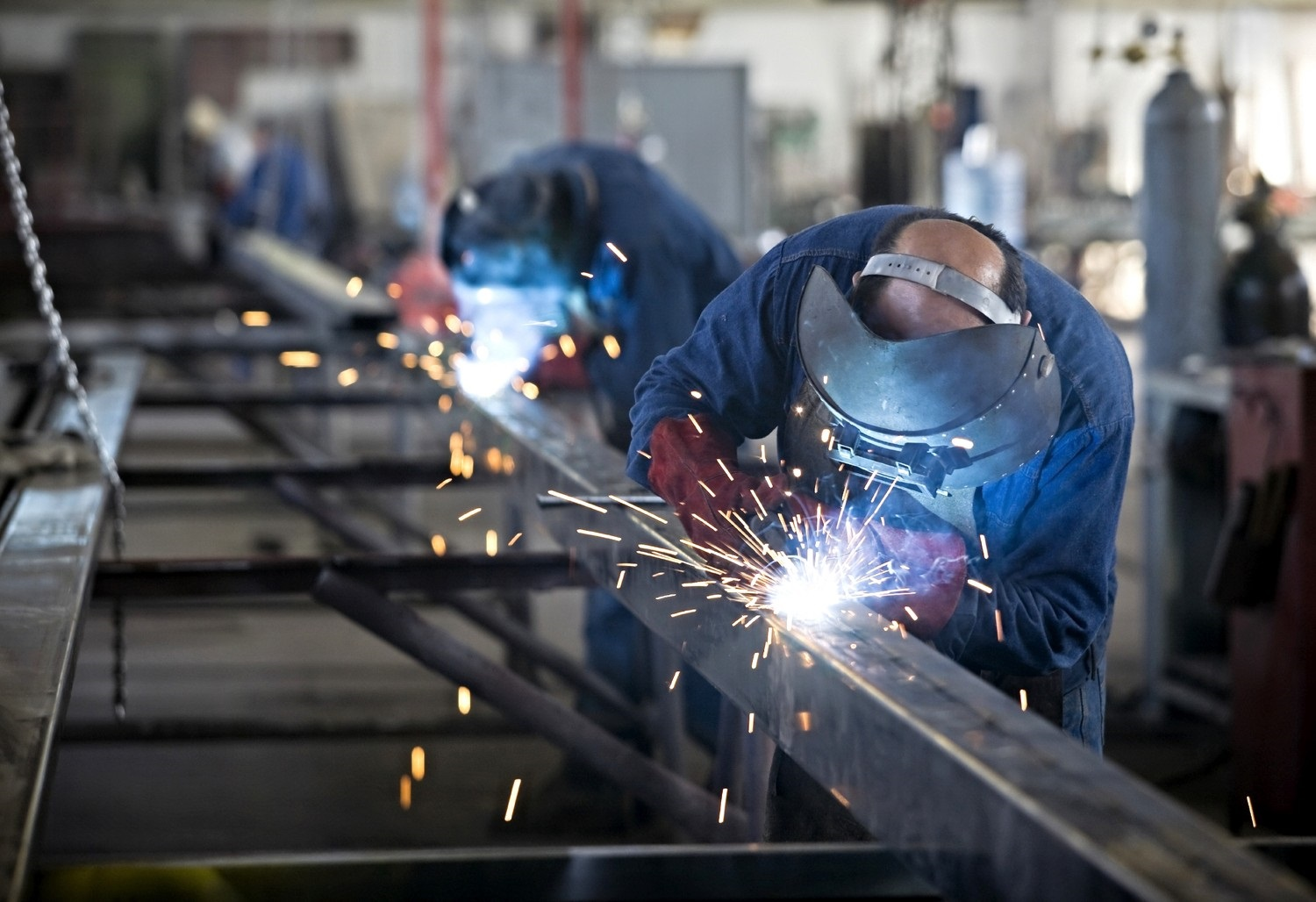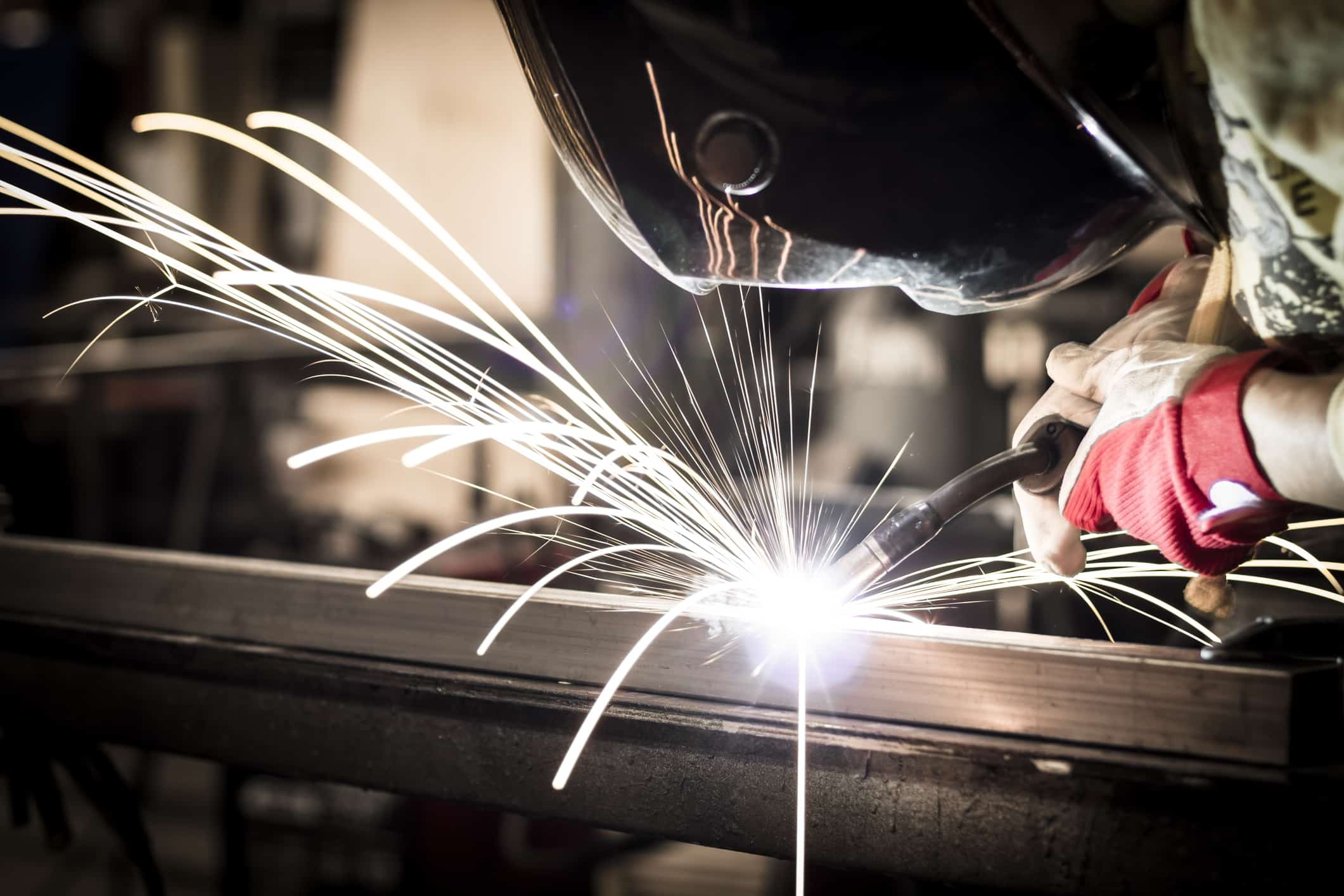Everything about Welding: Key Insights Into Techniques and Finest Practices for Success
Welding incorporates a range of strategies, each fit for specific products and applications. Comprehending these approaches, such as GMAW, SMAW, and TIG, is vital for achieving suitable outcomes. Furthermore, the best tools and safety practices can not be overlooked. As preparation and repairing play crucial functions in the welding process, mastering these aspects can considerably boost the quality of the final item. What are the vital aspects that ensure a successful weld?
Comprehending Different Welding Techniques
Welding methods encompass a variety of approaches, each fit to specific applications and materials. Among one of the most common strategies are Gas Steel Arc Welding (GMAW), Protected Steel Arc Welding (SMAW), and Tungsten Inert Gas Welding (TIG) GMAW, additionally recognized as MIG welding, is prominent for its speed and flexibility, making it excellent for thin materials. SMAW, or stick welding, is favored for its simpleness and performance in exterior settings, especially with thicker metals. TIG welding uses accuracy and control, making it suitable for intricate work and non-ferrous steels (Montana Mobile Welding and Repair Belgrade). Each strategy has its one-of-a-kind advantages and factors to consider, enabling welders to select the very best method based upon the job's requirements, product type, and wanted results. Recognizing these methods is essential for successful welding
Essential Welding Equipment and Tools
While various welding strategies require specific skills, the best devices and tools are just as crucial for achieving top quality outcomes. Essential welding devices consists of welding devices, which vary relying on the method-- such as MIG, TIG, or stick welding. Protective equipment, including helmets, aprons, and handwear covers, guarantees safety and convenience throughout the process. Additionally, clamps and fixtures aid secure materials in location, making sure precision in welds. Consumables like welding poles, wire, and protecting gas are also critical parts that affect the quality of the weld. Devices such as grinders and cutters help with surface area preparation and post-weld finishing, adding to a specialist result. Purchasing high-grade equipment eventually improves the effectiveness and efficiency of welding jobs.
Security Practices in Welding
Correct safety and security methods are necessary in the welding sector to secure employees from possible threats. Welders need to use appropriate individual safety tools (PPE), including helmets with correct shading, handwear covers, and flame-resistant garments. Adequate ventilation is crucial to lower direct exposure to dangerous fumes and gases generated throughout the welding procedure. Furthermore, workers should be trained in the correct handling of welding devices to stop mishaps. Fire safety actions, such as keeping flammable products away from the welding area and having fire extinguishers readily offered, are essential. Normal evaluations of equipment and workspaces can aid identify possible risks before they lead to crashes. By adhering to these security methods, welders can create a much safer working environment and lessen risks connected with their profession.
Preparing Products for Welding
Preparing products for welding is an essential step that considerably influences the top quality and stability of the end product (Belgrade). Appropriate preparation includes cleaning the surface areas to eliminate impurities such as oil, dust, and corrosion, which can compromise the weld. Strategies such as grinding, sanding, or making use of solvents are commonly utilized to accomplish a tidy surface area. Furthermore, making certain that the materials fit with each other well is vital; gaps can result in weak welds. It's likewise essential to consider the positioning and positioning of the parts, as this will certainly influence the simplicity of welding and the final outcome. Selecting the proper filler product and making certain compatibility with the base metals is necessary for achieving strong, resilient welds.
Tips for Achieving High-Quality Welds
Accomplishing high-quality welds requires interest to information and adherence to ideal techniques throughout the welding process. Correct joint prep work is essential, ensuring surfaces are complimentary and clean from contaminants. Selecting the appropriate filler product and welding method based upon the base metals is essential for optimal bonding. Maintaining regular travel rate and angle while welding can stop defects and advertise harmony. Furthermore, controlling heat input is essential; too much warmth can result in warping and weakened joints. If needed, routinely examining the welds throughout the process permits for prompt modifications. Lastly, utilizing proper post-weld therapies, such as cleaning and stress and anxiety alleviation, can boost the resilience and honesty of the weld, ultimately making sure an effective end result.
Troubleshooting Typical Welding Issues
Welding frequently offers challenges that can impact the quality and stability of the last product. Typical problems such as porosity, inconsistent weld grains, and getting too hot can emerge, each calling for details troubleshooting techniques. Comprehending these troubles is vital for welders to boost their skills and accomplish perfect results.
Porosity Troubles Explained
Although porosity can frequently be neglected, it continues to be a critical concern in welding that can jeopardize the honesty of an ended up item. Porosity refers to the visibility of little gas pockets within the weld grain, which can damage the joint and lead to early failure. This trouble typically emerges from pollutants, wetness, or improper shielding gas insurance coverage during the welding process. To reduce porosity, welders ought to verify that the base products are tidy and completely dry, use suitable securing gases, and maintain constant welding parameters. Regularly inspecting the devices and setting can also help identify prospective concerns prior to they materialize in the weld. Attending to porosity successfully is vital for accomplishing solid, sturdy welds that satisfy quality criteria.

Irregular Weld Beads
Irregular weld beads can significantly affect the high quality and strength of a finished product. Different aspects contribute to this issue, including inappropriate traveling rate, inaccurate amperage setups, and irregular electrode angles. When the welder moves also rapidly, a bead might show up slim and lack infiltration, while moving also gradually can create extreme buildup. Furthermore, making use of the incorrect amperage can cause either damaging or extreme spatter, both of which concession weld stability. The welder's method, such as irregular torch motion, can additionally bring about uneven grain look. To alleviate these problems, welders must concentrate on keeping constant, controlled motions and making sure proper equipment settings to attain uniformity in their welds. Uniformity is key to attaining solid and trusted welds.
Overheating and Warping Issues
Too much heat during the welding process can cause significant getting too hot and contorting issues, influencing the architectural stability of the workpiece. These issues usually show up as distortion, which can jeopardize alignment and fit-up, making additional assembly testing. Elements adding to overheating consist of the option of welding parameters, such as voltage and travel rate, in addition to the sort of product being bonded. To minimize these issues, welders need to preserve regular travel speed and proper warm input while checking the workpiece temperature level. In addition, pre-heating or post-weld heat therapy can aid alleviate tensions triggered by fast air conditioning - Montana Mobile Welding and Repair Belgrade Welding. Regular examination and adherence to best techniques are important in stopping getting too hot and ensuring the long life and dependability of bonded frameworks
Regularly Asked Questions
What Are the Occupation Opportunities in the Welding Sector?
The welding market supplies diverse profession possibilities, consisting of placements as welders, designers, assessors, and teachers. Experts can work in production, building and construction, aerospace, and auto sectors, taking advantage of solid demand and competitive salaries in various duties.
Just How Can I Improve My Welding Rate Without Compromising Top Quality?
To improve welding rate without sacrificing top quality, one ought to practice effective techniques, preserve equipment, maximize setups, and enhance hand-eye coordination. Normal training and seeking responses can likewise considerably add to achieving much faster, more info premium welds.
What Certifications Are Available for Welders?
Various accreditations exist for welders, consisting of those from the American Welding Culture (AWS), the National Center for Building And Construction Education and Study (NCCER), and numerous industry-specific organizations. These credentials improve employability and show skill effectiveness.
How Does Welding Influence the Characteristics of Metals?
Welding affects the homes of steels by altering their microstructure, which can bring about changes in ductility, stamina, and firmness. Warm input and cooling rates during the process substantially influence these material characteristics.
Can I Bonded Dissimilar Metals With Each Other?
